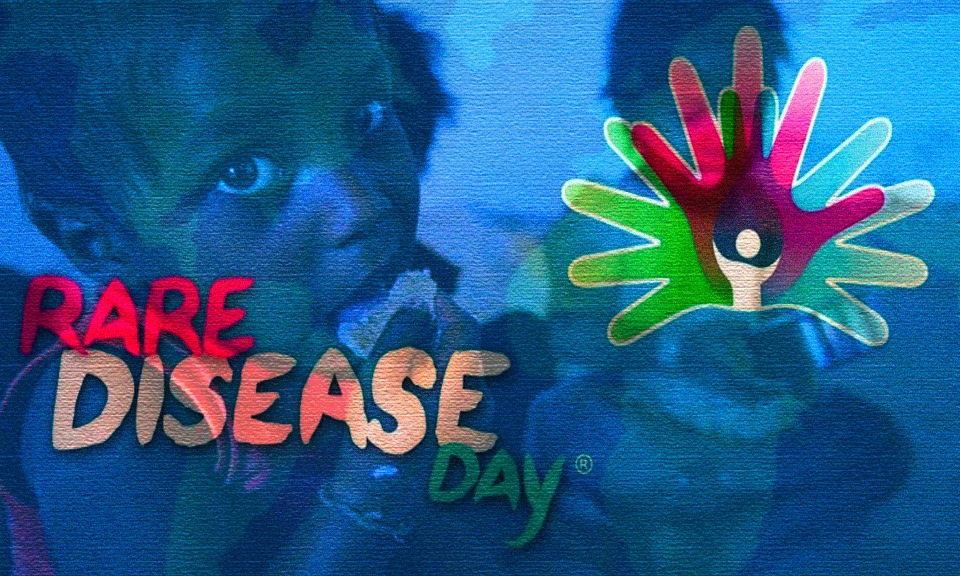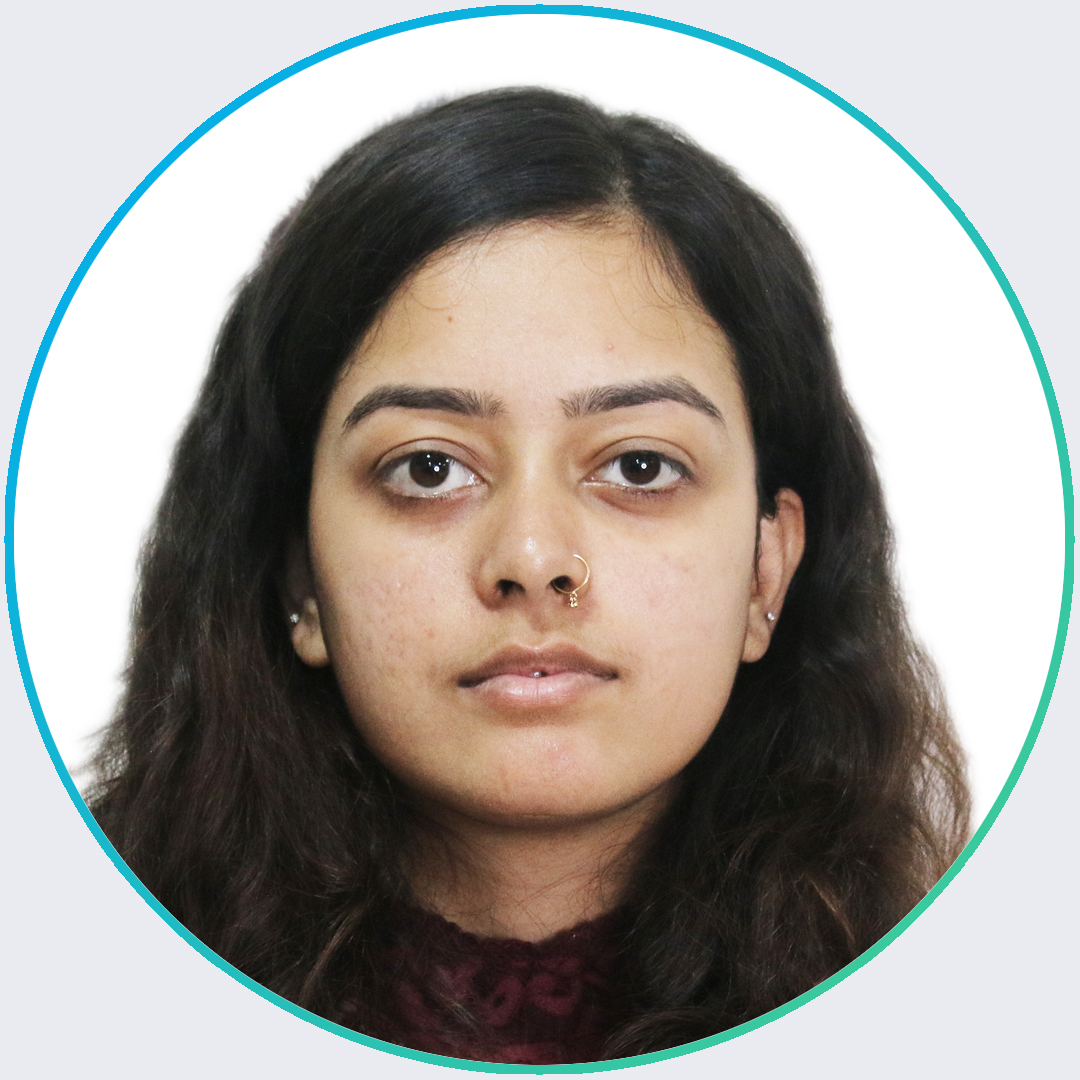
At Least 72 Million People Affected By Rare Diseases In India: Govt Survey
29 Feb 2020 7:23 AM GMT | Updated 29 Feb 2020 8:13 AM GMT
Editor : Sumanti Sen |
Sumanti Sen is an English Literature graduate who believes "there's just one kind of folks. Folks.".
By : Aditi Chattopadhyay
Aditi, part of the fact checking team of The Logical Indian likes to read, write, cook and laugh, in short live life as it is supposed to be. What makes her fascinated is to discover the truth behind a story and more often than not, it is either fact or myth at the end.
One in 20 people will live with a rare disease at some point in their life. There is no cure for the majority of rare diseases and many go undiagnosed.
World Health Organization (WHO) defines a rare disease as often debilitating lifelong disease or disorder condition with a prevalence of one or less, per 1000 population. The first Rare Disease Day was celebrated in 2008 on February 29, a 'rare' date that happens only once every four years.
Today, The Logical Indian talks about the significance of Rare Disease Day, which takes place on the last day of February each year.
Why Is Rare Disease Day Significant?
Rare Disease Day improves knowledge among the general public and starts a conversation on rare diseases.
The day initially begun as a European event but gradually became a world-wide phenomenon. Since then, it has inspired various initiatives and highlighted the need for increased awareness of rare diseases, and also research into it.
One in 20 people will live with a rare disease at some point in their life. There is no cure for the majority of rare diseases and many go undiagnosed.
The field of rare diseases is complex, heterogeneous, continuously evolving and suffers from a deficit of medical and scientific knowledge. So far, about 450 rare diseases have been recorded in India.
Rare diseases currently affect 3.5% - 5.9% of the worldwide population.
72% of rare diseases are genetic whilst others are the result of infections (bacterial or viral), allergies and environmental causes, or are degenerative and proliferative.
70% of those genetic rare diseases start in childhood.
In the US, rare diseases are defined as a disease or condition that affects fewer than 2,00,000 patients in the country (6.4 in 10,000 people). EU defines rare diseases as a life-threatening or chronically debilitating condition affecting no more than 5 in 10,000 people. Japan identifies rare diseases as diseases with fewer than 50,000 prevalent cases (0.4%) in the country.
India, like many other developing countries, currently has no standard definition of rare diseases and data on prevalence.
On applying the international estimate of 6% to 8% of population being affected by rare diseases, to India, we have between 72 to 96 million people affected by rare diseases in the country, which is a significant number, according to Ministry Of Health & Family Welfare.
The most common rare diseases reported in India include Haemophilia, Thalassemia, Sickle-cell Anaemia and Primary Immuno Deficiency in children, auto-immune diseases, Lysosomal storage disorders such as Pompe disease, Hirschsprung disease, Gaucher's disease, Cystic Fibrosis, Hemangiomas and certain forms of muscular dystrophies.
Diagnosis
Diagnosis of a rare condition may take up to several years, owing to difficulty in diagnostic modalities and lack of awareness among doctors.
For many rare diseases, no diagnostic method exists, and no diagnostic facilities are unavailable.
Traditional genetic testing can only address a few genes at a time.
Characteristics Of A Rare Disease
Over 6,000 rare diseases are characterised by a broad diversity of disorders and symptoms that vary not only from disease to disease but also from patient to patient suffering from the same disease.
Relatively common symptoms can hide underlying rare diseases leading to misdiagnosis and delaying treatment.
The patients' quality of life is affected by the lack or loss of autonomy due to the chronic, progressive, degenerative, and frequently life-threatening aspects of the disease.
The fact that there are often no existing effective cures adds to the high level of pain and suffering endured by patients and their families.
Also Read: Drug-Resistant Diseases Could Kill 10 Million Annually by 2050, Says Report
 All section
All section














